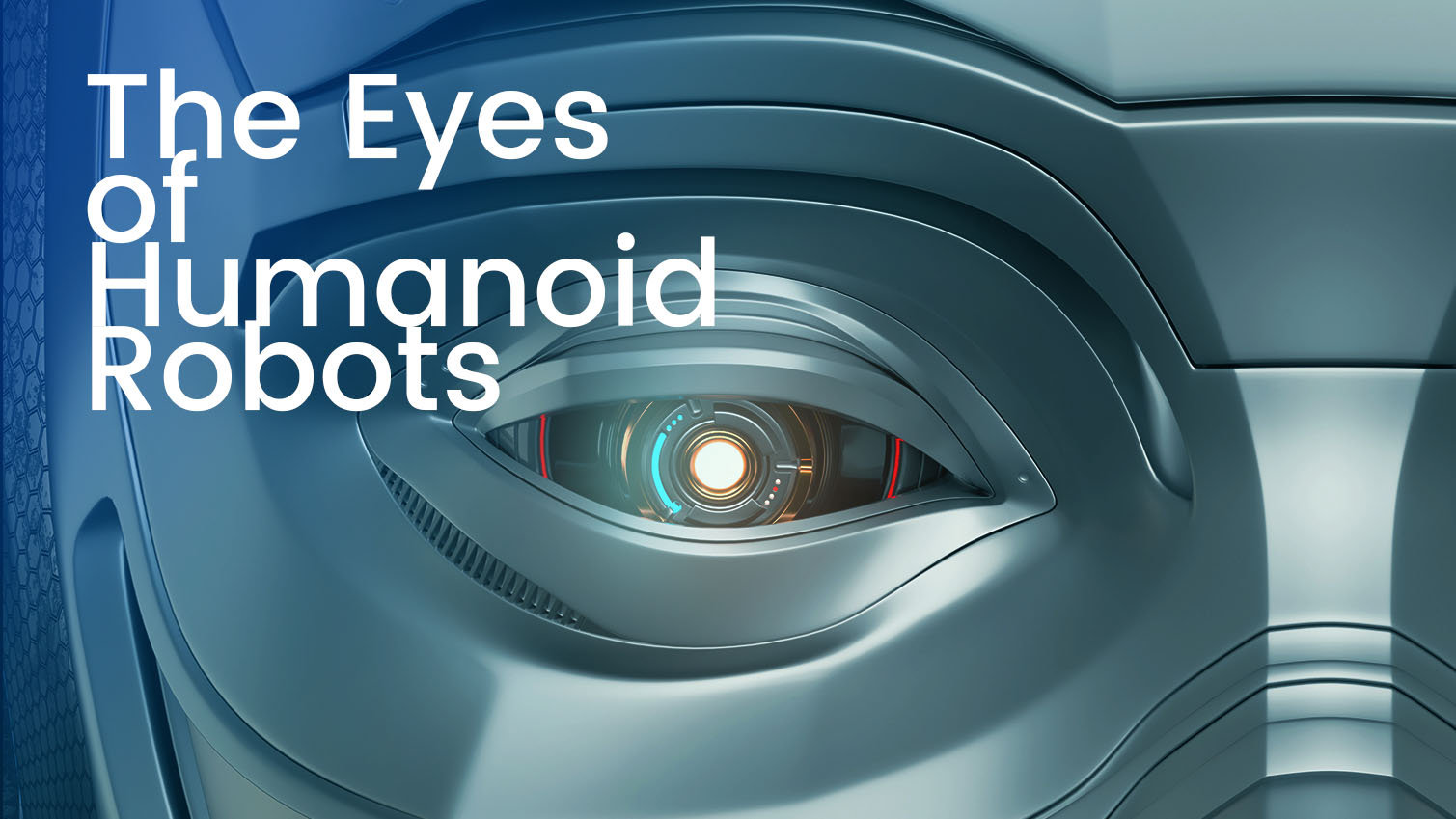Humanoid robots, with their human-like form and increasingly sophisticated capabilities, are becoming increasingly prevalent in our world. But how do these robots perceive their surroundings? How do they navigate the complex and ever-changing environment they inhabit? The answer lies in their perception systems, a critical component that allows them to "see," "hear," and "understand" the world around them.

The Building Blocks of Perception:
Humanoid robot perception systems draw inspiration from the human senses. While they may not experience the world in the same way we do, they utilize a combination of sensors and algorithms to gather and interpret data about their environment.
- Vision: The eyes of a robot are usually represented by cameras, which capture images and videos. These images are then processed by complex algorithms to identify objects, recognize faces, understand depth, and track movement. Advances in computer vision, particularly convolutional neural networks (CNNs), have significantly enhanced the accuracy and sophistication of robot vision.
- Hearing: Microphones serve as the robot’s ears, capturing sound waves and converting them into digital signals. Speech recognition algorithms then analyze these signals to understand spoken language. This allows robots to interact with humans naturally and respond to commands.
- Touch: Robots can be equipped with sensitive tactile sensors, allowing them to feel pressure, temperature, and texture. This tactile information is particularly valuable for tasks requiring dexterity and manipulation, such as grasping objects or navigating cluttered environments.
- Other Senses: Some robots also incorporate additional sensors like lidar and radar to measure distance and create 3D maps of their surroundings. They may even use inertial measurement units (IMUs) to track their orientation and position.
Perception in Action:
These diverse sensory inputs are integrated by the robot’s central processing unit (CPU). Algorithms analyze the data from different sensors, creating a comprehensive understanding of the robot’s environment. This allows robots to perform a wide range of tasks, including:
- Navigation: Robots use their vision, lidar, and IMU data to create maps of their surroundings and navigate autonomously.
- Object Recognition and Manipulation: Vision and tactile sensors enable robots to identify and manipulate objects with precision.
- Human-Robot Interaction: Speech recognition and facial recognition allow robots to understand and respond to human commands and expressions.
- Autonomous Driving: Self-driving cars rely heavily on perception systems to perceive obstacles, recognize traffic signs, and navigate roads safely.
Challenges and Future Directions:
Despite significant progress, humanoid robot perception systems still face several challenges:
Real-World Complexity: The real world is a dynamic and unpredictable environment, filled with noise, occlusions, and variations in lighting. Robots need to be able to handle these challenges effectively.
Data Bias: Training data used for machine learning algorithms can often be biased, leading to performance issues in real-world scenarios.
Explainability: The decision-making processes of complex perception algorithms can be difficult to understand, making it challenging to debug and ensure safety.
Ongoing research is focused on addressing these challenges through:
- Robust and Adaptive Algorithms: Developing algorithms that can handle noise, occlusions, and changing environmental conditions.
- Multi-Sensor Fusion: Combining data from multiple sensors to create a more complete and reliable understanding of the environment.
- Explainable AI: Making AI decision-making processes more transparent and understandable.
- Ethical Considerations: Addressing ethical concerns related to robot perception, such as privacy and bias.
FAQ:
Q: Can robots see in the dark?
A: Some robots can "see" in the dark using sensors like infrared or thermal cameras, which detect heat signatures.
Q: How do robots learn to recognize objects?
A: Robots learn to recognize objects through supervised learning, where they are shown thousands of images of objects and their corresponding labels. They then use this data to train algorithms that can identify objects in new images.
Q: Are humanoid robots aware of their surroundings?
A: While robots can process information about their surroundings, they do not have the same level of consciousness or awareness as humans. They operate based on algorithms and pre-programmed instructions.
Conclusion:
Humanoid robot perception systems are rapidly evolving, pushing the boundaries of what robots can do. From navigating complex environments to interacting with humans naturally, these systems are crucial for enabling robots to effectively participate in our world. As research continues, we can expect even more sophisticated and versatile perception systems, leading to a future where robots play an increasingly integral role in our lives.
Closure
Thus, we hope this article has provided valuable insights into Seeing the World Through Artificial Eyes: A Deep Dive into Humanoid Robot Perception Systems. We appreciate your attention to our article. See you in our next article!
